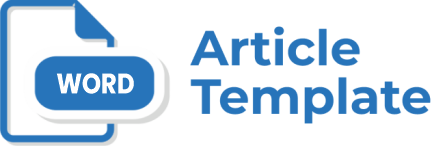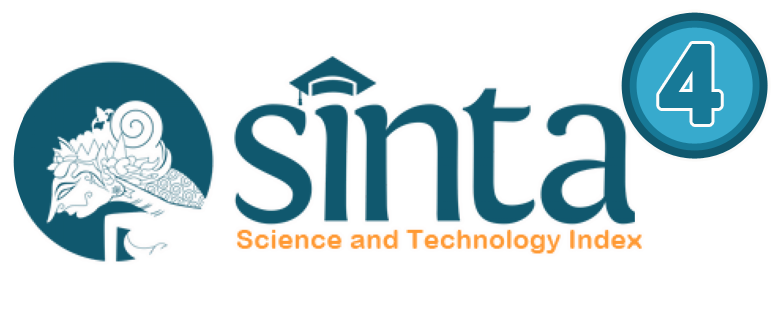Online Submissions
Already have a Username/Password for Jurnal Hukum dan Pembangunan Ekonomi?
Go to Login
Need a Username/Password?
Go to Registration
Registration and login are required to submit items online and to check the status of current submissions.
Submission Preparation Checklist
As part of the submission process, authors are required to check off their submission's compliance with all of the following items, and submissions may be returned to authors that do not adhere to these guidelines.
- Step 1 - Starting the Submission: Select the appropriate section of journal, i.e. Original Research Articles or Review Article. Thus, author must check-mark on the submission checklists.
- Step 2 – Uploading the Submission: To upload a manuscript to this journal, click Browse on the Upload submission file item and choose the manuscript document file to be submitted, then click Upload button.
- Step 3 - Entering Submission’s Metadata: In this step, detail authors metadata should be entered including marked corresponding author. After that, manuscript title and abstract must be uploaded by copying the text and paste in the textbox including keywords.
- Step 4 - Uploading Supplementary Files: Supplementary file should be uploaded including Covering/Submission Letter. Therefore, click on Browse button, choose the files, and then click on Upload button.
Step 5 - Confirming the Submission: Author should final check the uploaded manuscript documents in this step. To submit the manuscript to Jurnal Hukum dan Pembangunan Ekonomi, click Finish Submission button after the documents is true. The corresponding author or the principal contact will receive an acknowledgement by email and will be able to view the submission’s progress through the editorial process by logging in to the journal web address site.
After this submission, Authors who submit the manuscript will get a confirmation email about the submission. Therefore, Authors are able to track their submission status at anytime by logging in to the online submission interface. The submission tracking includes status of manuscript review and editorial process.
Copyright Notice
Authors who publish with this journal agree to the following terms:
a. Authors retain copyright and grant the journal right of first publication with the work simultaneously licensed under a Creative Commons Attribution 4.0 International License that allows others to share the work with an acknowledgement of the work's authorship and initial publication in this journal.
b. Authors are able to enter into separate, additional contractual arrangements for the non-exclusive distribution of the journal's published version of the work (e.g., post it to an institutional repository or publish it in a book), with an acknowledgement of its initial publication in this journal.
c. Authors are permitted and encouraged to post their work online (e.g., in institutional repositories or on their website) prior to and during the submission process, as it can lead to productive exchanges, as well as earlier and greater citation of published work
Privacy Statement
The names and email addresses entered in this journal site will be used exclusively for the stated purposes of this journal and will not be made available for any other purpose or to any other party.









